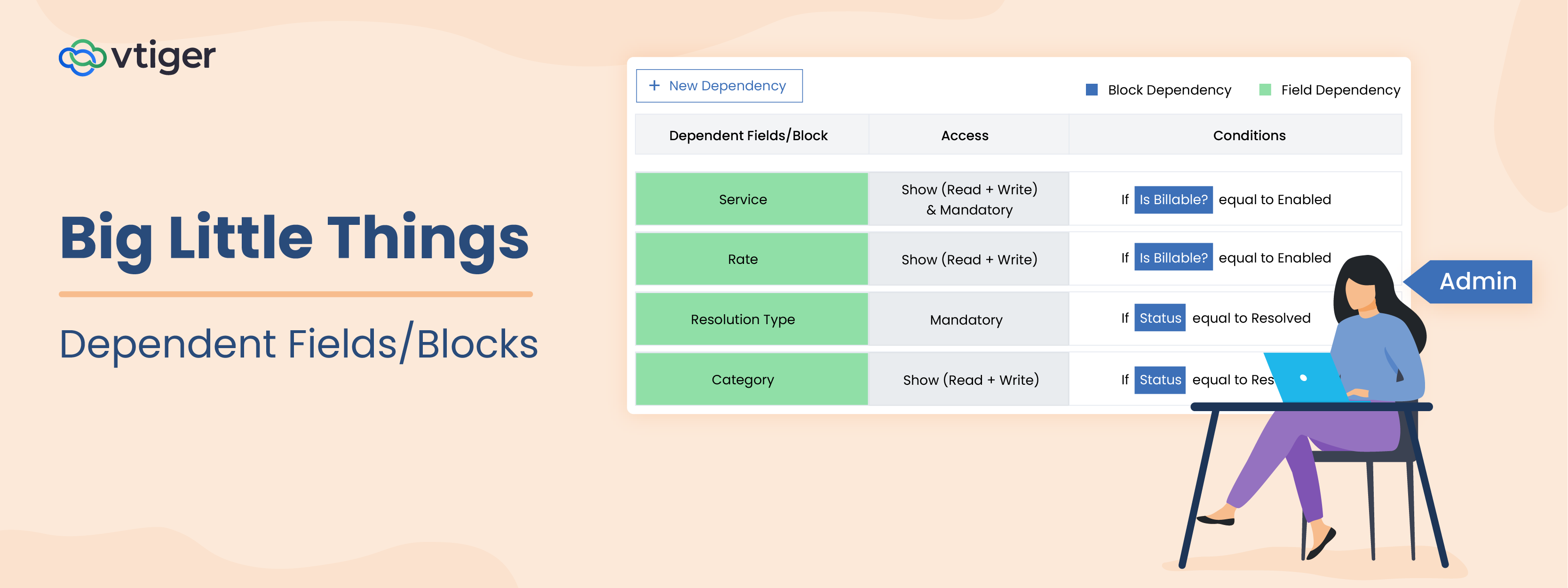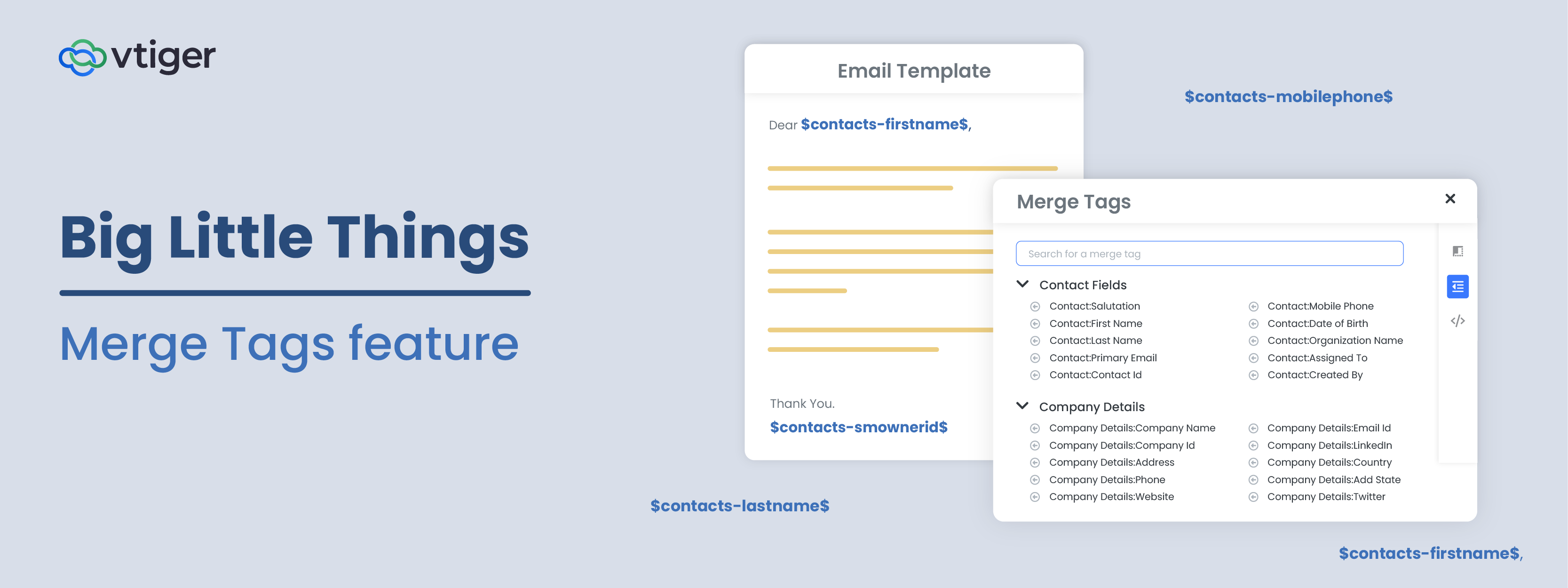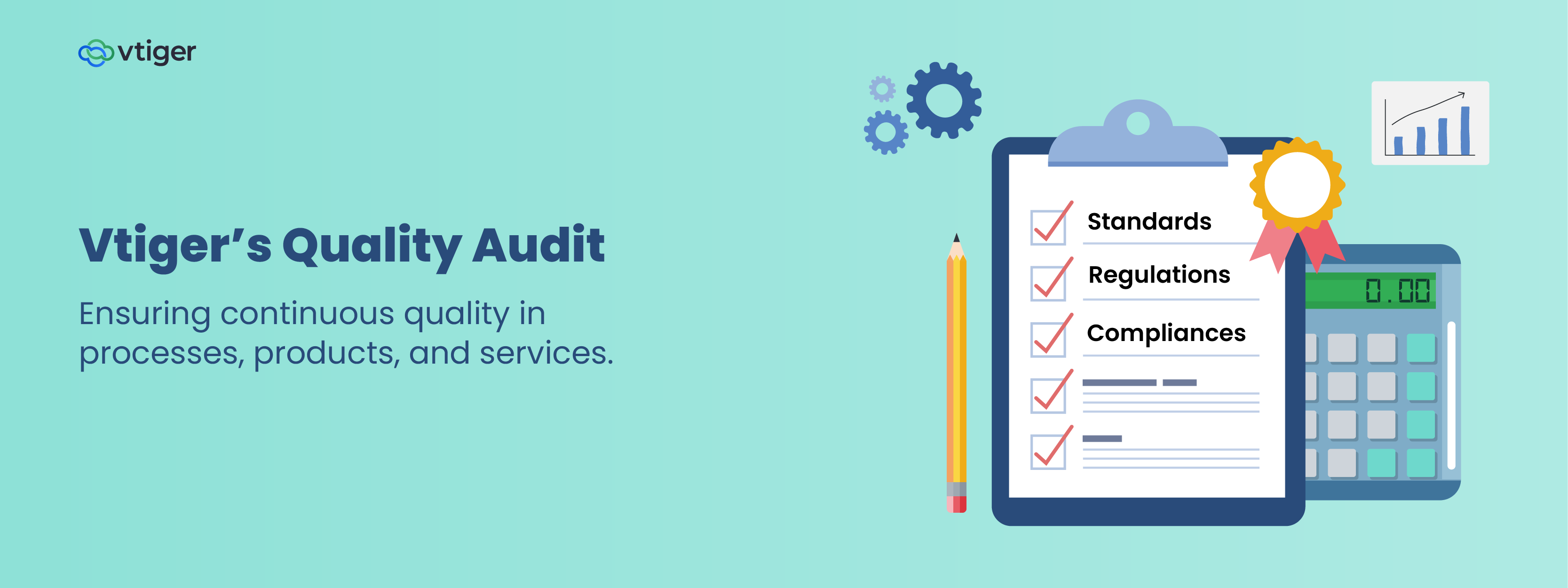
It isn’t really a stretch of the imagination to say that a typical sales deal is a long-winded path that may or may not affect the bottom line. In other words, it is a shot in the dark at some level, no matter how experienced a salesperson you are, or how unique your product or service is. The truth of the matter is that every potential client has their priorities, and the objective is to sell your product or service in such a way that your prospects have no doubt that your offering makes their lives simple. With that in mind, let’s look at what we think are 5 almost obvious ways to close that sales deal.
- Nail the e-mail templates

Very often, the e-mail you send to a potential client is the very first piece of communication. And to make matters more challenging, people spend a minuscule amount of time actually reading e-mails from an unknown sender. So, it is crucial to both say as much as possible and use as few words as possible. Slick, efficient e-mail templates very often hold the key to piquing the interest of the recipient. There are 3 components to writing a good e-mail:
-
-
- Keep the e-mail short. Try not to exceed 90 words.
- The e-mail has to be radically customer focussed and personalized. What this means is that you need to craft your e-mail template to give the impression that it was written especially for the recipient.
- The objective of the e-mail isn’t to get a meeting. It is simply to start a conversation with a potential client. So, as counter-intuitive as it sounds, don’t sell. Empathise.
-
- Speak the jargon

Speaking of empathizing, it is absolutely important at any step of the process to learn and understand the lingo of your potential client. This builds trust, and also helps lower their guard. So, spend some time researching the way they work. You could talk to former employees that you might be acquainted with, or even connect with a former employee or someone with experience in the same industry on LinkedIn to get an insight into their ways of working.
In addition to understanding the pain points of the potential client, it also massively helps to read about the industry of which they are a part. It not only opens you up to ongoing and upcoming trends in their vertical, but also helps you identify ways in which your product or service can uniquely help in solving common issues that are faced by the industry. Further, speaking to former employees about the business and the teams within the business could also help massively when it comes to empathizing with a potential client.
- Get your priorities straight with the help of the BANT Criteria

Say you’ve followed the process we’ve detailed so far with a number of prospects. You now have a few potential clients. But naturally, the likelihood of conversion won’t be the same with all of them. So it’s vital to prioritise by assessing the value of the prospects. The “BANT criteria” is a great way to do just that. BANT stands for: Budget. Authority. Need. Timeline.
-
-
- Budget
-
The size of a potential client’s budget is a clear indicator of how serious they are about your product or service. The odds of a prospect’s budget perfectly lining up with the costs involved aren’t exactly high. However, the closer they are to it, the higher the likelihood of conversion.
-
-
- Authority
-
Often, the prospect you’ve been communicating with won’t be the actual decision maker. And that’s alright. After all, some communication is better than no communication. However, understanding the chain of command can be crucial to making your efforts effective.
-
-
- Need
-
As we discussed earlier on, the more clearly you understand your prospect’s needs, the better you can pitch to them. However, understanding the magnitude of the need is also crucial. It helps you align your prospect’s pain points and the solution you are suggesting. Not only does this help close the sale, but it also sheds light on the communication strategy you should employ.
-
-
- Timeline
-
Lastly, a clear indicator of the seriousness with which a prospect considers your product or service is the timeline they attach to acquiring it. If the timeline is too short, it could affect the execution of the plan. If it is too long, it might mean that your prospect doesn’t consider it a priority. So, understanding the expected timeline helps create a smooth workflow, ensuring a hassle-free process from sale to execution.
- Listen first, then pitch

Once you have established a bit of a rapport with a prospect, and you’ve appropriately prioritized that relationship, a face-to-face meeting is inevitable. There are a number of golden rules when it comes to running a sales meeting, but remember that perhaps the most important of them all is to show some restraint at this stage. What we mean is that it’s often very easy to say everything that has been festering in your mind at this point in time. However, the key is to NOT spill the beans on why your offering is absolutely perfect, but rather to listen.
Put yourself in the shoes of your potential client. If they are a decision-maker, the odds are that they listen to a lot of sales pitches in any given week. So, it is important to give them room to speak about the issues that clog their pipeline. Not only does this help in making you stand apart from the usual sales pitches, it also builds trust.
So prepare a script that has a good combination of open-ended and pointed questions that could get them talking. Then, once the meeting is over, promptly send an email with the minutes of the meeting. Then, and only then, figure out the angle you want to take to formally pitch your product or service.
- Pick out the parts of your product that are relevant

Given how you’ve probably spoken about your product or service numerous times, it could be very easy to go into auto-pilot mode when you talk about it to your potential clients. But remember, the point of your sales communications so far has been to empathize with your prospect and understand exactly what they need to solve for their issues. So, giving them the old house tour of your product or service isn’t the best approach here. Far from it.
What you need to do is pick out the parts of your offering that will appeal to your prospect the most. Not only does this show that you clearly understand their need of the hour, but it also says that you’re not just after a sale, and that you empathize with your potential client.
As you might have realized, a lot of what we discussed involves keeping abreast of industries, staying informed at meetings and being totally up-to-date with the information at your disposal. A great way of ensuring that a sales team is on top of it all is to invest in a good CRM tool. It allows you to inspect all the key aspects of your potential clients in one place. Speaking of which, VTiger offers a free trial of its industry-leading CRM tool. Sign up today!


